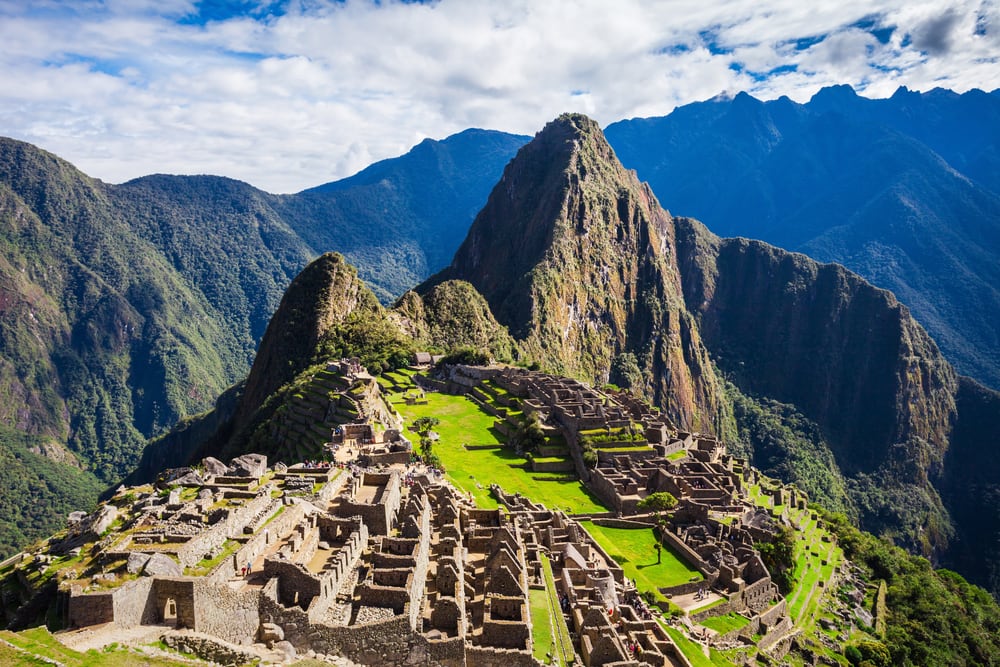Nestled high in the Andes Mountains of Peru, Machu Picchu is a breathtaking archaeological wonder that continues to captivate the hearts and minds of travelers from around the world. This ancient Incan city, hidden amongst the clouds, offers a glimpse into the rich history and cultural significance of the Andean civilization.
History and Significance of Machu Picchu

Machu Picchu, often referred to as the “Lost City of the Incas,” was built in the 15th century and remained hidden from the world until its rediscovery in 1911 by the American explorer Hiram Bingham. The city is believed to have served as a sacred site and retreat for Incan rulers, with its strategic location providing protection and isolation. The intricate stonework and advanced engineering techniques used in the construction of Machu Picchu are a testament to the ingenuity and skill of the Incan civilization.
The architecture of Machu Picchu

The architecture of Machu Picchu is a remarkable blend of natural beauty and human ingenuity. The agricultural terraces, meticulously built into the steep slopes of the mountains, showcase the advanced agricultural practices of the Incas. These terraces not only provided sustenance for the inhabitants of Machu Picchu but also served as a means of preventing soil erosion.
The enigma of Machu Picchu

Despite extensive research and exploration, many questions about Machu Picchu remain unanswered. The enigma surrounding Machu Picchu only adds to its allure, sparking the curiosity and imagination of those who visit. Theories abound regarding the purpose of Machu Picchu, ranging from a royal retreat to a center for astronomical observations.
Machu Picchu travel tips

Visiting Machu Picchu requires careful planning and preparation. Here are a few tips to ensure a smooth and memorable experience:
- Book in advance: Machu Picchu has a limited number of daily visitors, so it is crucial to secure your entry ticket and any necessary permits well in advance. This is especially true if you plan to hike the Inca Trail.
- Acclimatize to the altitude: Cusco and Machu Picchu are located at high altitudes, so it is important to allow your body time to adjust. Spend a few days in Cusco before heading to Machu Picchu to minimize the risk of altitude sickness.
- Pack appropriately: Dress in layers and be prepared for fluctuating weather conditions. It is also advisable to bring a hat, sunscreen, insect repellent, and comfortable walking shoes.
- Stay hydrated: The high altitude and physical activity can lead to dehydration. Carry a refillable water bottle and drink plenty of fluids throughout your visit.
Machu Picchu is one of the new seven wonders of the world

This prestigious recognition further underscores the cultural and historical significance of Machu Picchu, drawing attention to its unique blend of natural beauty and human ingenuity. As visitors from around the globe flock to witness this ancient marvel, we must prioritize its preservation for future generations.
Sustainable Tourism in Machu Picchu

With the increasing popularity of Machu Picchu, sustainable tourism practices have become a crucial focus. The fragile ecosystem surrounding the site is vulnerable to the impacts of mass tourism, such as pollution and overcrowding. Efforts are being made to promote responsible travel, including regulated visitor numbers, waste management systems, and educational initiatives.

